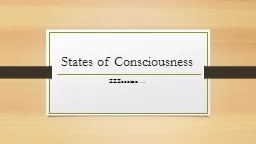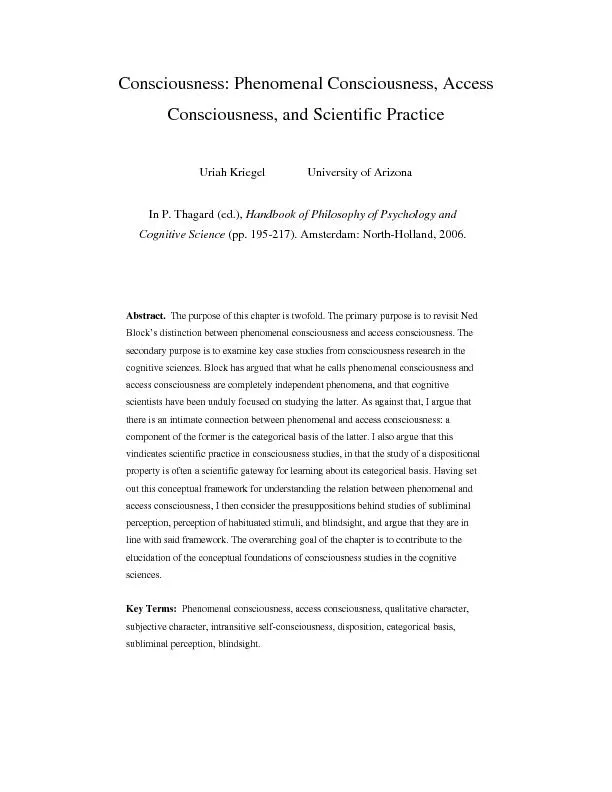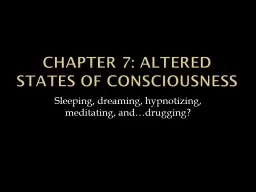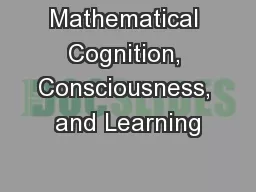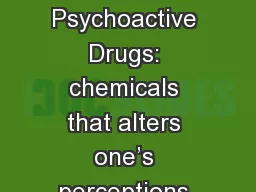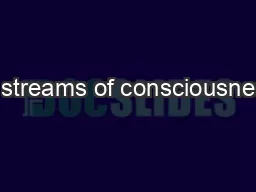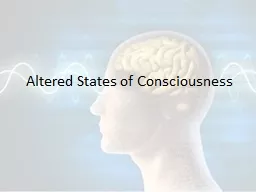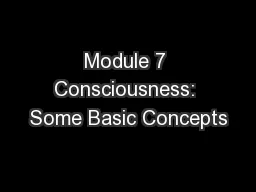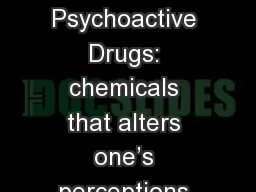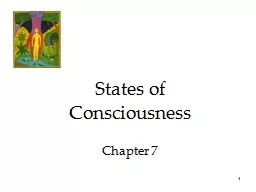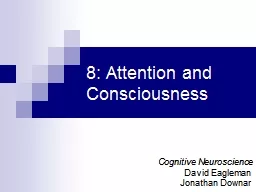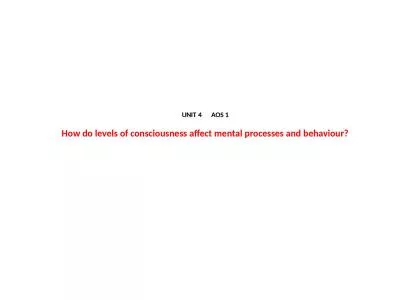PPT-States of Consciousness ZZZzzzzzz
Author : lois-ondreau | Published Date : 2018-12-04
Consciousness Can be a weird thing think about when you are just falling asleep or waking up Can be hard to understand what is real What is still a dream Think
Presentation Embed Code
Download Presentation
Download Presentation The PPT/PDF document "States of Consciousness ZZZzzzzzz" is the property of its rightful owner. Permission is granted to download and print the materials on this website for personal, non-commercial use only, and to display it on your personal computer provided you do not modify the materials and that you retain all copyright notices contained in the materials. By downloading content from our website, you accept the terms of this agreement.
States of Consciousness ZZZzzzzzz: Transcript
Download Rules Of Document
"States of Consciousness ZZZzzzzzz"The content belongs to its owner. You may download and print it for personal use, without modification, and keep all copyright notices. By downloading, you agree to these terms.
Related Documents

